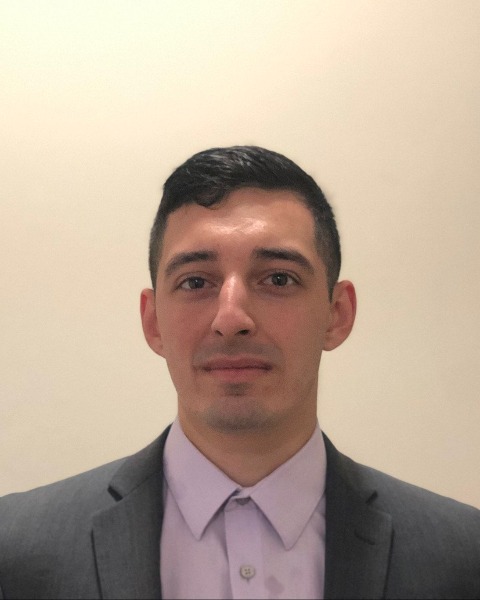Caries
128 - Pediatric ED Visits Before and After Establishment of Pediatric Dental Program


Joseph F. Hamdan, DDS
Pediatric Dental Resident
Lincoln Medical & Mental Health Center
Lincoln Medical Center
New York, New York, United States- SW
Selene Wun, DDS
Lincoln Medical Center
Bronx, New York, United States - SW
Selene Wun, DDS
Lincoln Medical Center
Bronx, New York, United States
Presenting Author(s)
Co-Author(s)
Program Director(s)
Pediatric ED Visits Before and After Establishment of Pediatric Dental Program
Hamdan, J, Wun, S
Purpose: The purpose of this study is to evaluate the prevalence of dental related emergency visits presenting to the emergency room, classify them by category, and evaluate treatment rendered and if follow-up occurred in the dental clinic.
Methods: A retrospective chart review of children aged 2-12 years old who presented to the Pediatric ED between September 2022 – September 2024 with dental concerns including tooth pain, caries, trauma, swelling and other dental related concerns will be performed. 223 patients will be classified into three categories: infection, trauma, or other, based on their clinical presentation. Follow-up in the dental clinic will also be determined. Statistical analysis will include chi-square tests to determine significance.
Results: In year 1, 74% of patients presented to the ED due to caries, 11% for trauma, and 15% due to other dental concerns. Treatment in the ED was 1% procedural, 85% prescription, and 14% received no treatment. 50% of patients presented to the dental clinic for follow-up and 50% did not receive follow-up. In year 2, 84% of patients presented to the ED due to caries, 7% for trauma, and 9% for other dental concerns. Treatment in the ED was 10% procedural, 76% prescription, and 14% received no treatment. 69% of patients presented to the dental clinic for follow-up and 31% did no recieive follow-up. ED presentation between years 1 and 2 were not statistically significant with X2=3.55, p-value = 0.17
ED Treatment between years 1 and 2 was statistically significant with X2=7.96, p-value = 0.019
Follow-up between years 1 and 2 was statistically significant with X2=8.62, p-value = 0.003
.
Conclusion: Many children continue to present to the emergency department with dental-related issues. The majority of the care provided in the Pediatric ED is palliative, focusing on short-term relief rather than definitive treatment.
One of the most significant changes we observed after the implementation of the pediatric dental residency program was an increase in follow-up rates. This improvement was closely tied to a simple but important change: providing patients with scheduled follow-up appointments rather than instructing them to walk in at any time. This shift made a measurable difference in continuity of care. These findings reinforce the importance of helping families establish a dental home, especially for children who might otherwise rely on emergency services for their oral health needs.
Identify Supporting Agency and Grant Number:

.jpg)